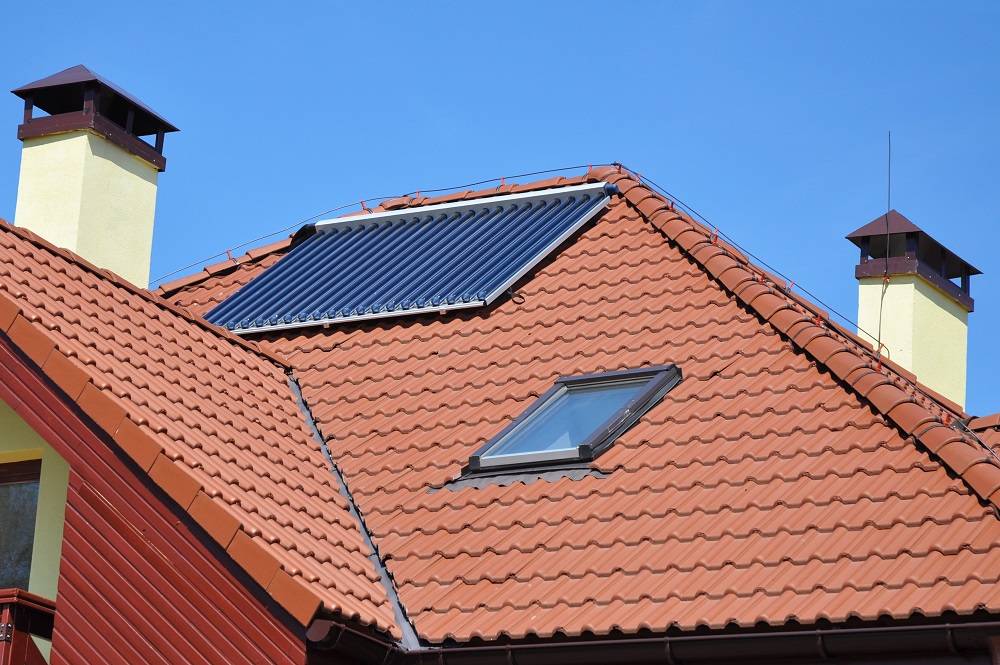
This includes references in titles of your post (e.g. It's in the name, ffs.ĭoes your post qualify for /r/MildlyInteresting? Hover below for more info, and check out our wiki page! 1.

How many words is that so far, like a hundred? Soooo, yeah. I didn't know I'd have to write a description. There is also considerable debate over the need for dedicated grounding plates – this appears to be more relevant to older boats as none of my interviewees suffered ill effects through grounding to the keel bolts.Aww, cripes. Masts made of less conductive materials such as carbon would require a conductor cable as well.Īir terminals at least six inches higher than any antennas at the top of your mast may save your masthead units. Most modern boats have the mast bonded to the keel by manufacturers – if you’re not sure lift the soleboards to check. For deck-stepped masts this can be achieved by running an adequately sized cable through the deck head and down a bulkhead or supporting pillar. On a keel-stepped mast this is easily done as the mast heel and keel bolts are close to each other. The simplest protection system is bonding an aluminium mast to the keel bolts. The remaining sailors were all in boats of less than ten years old and reported varying degrees of damage to electronics and 100% destruction of masthead units. The same sailor had experienced a strike two years earlier with no extra protection installed – in that instance all electronics were destroyed. The masthead unit on this boat was still totally destroyed by the strike but the remaining electronics suffered no ill effects.

Check all electronic compass readings with a handheld compass.īy providing a direct route ‘to ground’ down which the lightning may conduct you may be able to minimise damage.Īmong my small sample of interviewees, only one had a lightning protection system: this was a sloop with a deck-stepped mast on which the chainplates were bonded to the keel bolts.

Expect masthead units, VHF antennas and lights to be destroyed, so make sure you carry a good quality spare VHF antenna.Sit in the cockpit until your night vision returns. A nearby strike will be blindingly bright.Avoid touching metal around the boat, such as shrouds and guardrails.Take a fix and plot it on a paper chart.As the storm gets closer turn off all electronics – modern kit has increasingly efficient internal protection, but manufacturers still advise turning it off.Unplug all masthead units, including wind instruments and VHF antennas and ensure ends of leads are kept apart to avoid arcing.Others that were struck reported varying damage to electrical equipment and none experienced structural damage or fire. Just because you are in the midst of a thunderstorm doesn’t mean you will get hit – I’ve spoken to two sailors who reported lightning striking the water next to their boat but not touching them. Lightning can strike up to ten miles away from the cloud that generated it. If there’s lightning around it’s best to keep on-watch crew in the cockpit so make sure you reef early.

Prepare for a squall: wind associated with thunderclouds can reach in excess of 40-90 knots in a matter of seconds, this will often be combined with torrential rain and drastically reduced visibility. If planning a sailing voyage in areas where lightning could be expected, include a CAPE forecast in your daily GRIB run. Satellite images can also be useful for spotting intense areas of cumulonimbus clouds. Specialist forecast models such as the CAPE (convective available potential energy) and the LI (lifted index) show storm potential by highlighting areas of atmospheric instability.ĬAPE and LI forecasts are available via specialist weather sites and CAPE GRIBs can be obtained through some providers. Typically, thunderstorms follow an extended period of warm, still weather, but lightning can also form along very active frontal systems – this tends to follow a sustained period of average pressure, with little gradient breeze when the new front moves in quickly.įorecasters can predict where there will be increased potential for lightning to form, but not its actual occurrence or exact location. Thunderstorms are created in conditions where there is great instability between the upper and the lower layers of the atmosphere. The following is a combination of my own practice and observations from sailors who’ve experienced a lightning strike first-hand. My lightning strategy has always been to sail in the opposite direction and hope for the best. Having never experienced a lightning strike I think this is mostly a fear of the unknown, coupled with a sense of helplessness. Lightning is the thing that scares me the most at sea.


 0 kommentar(er)
0 kommentar(er)
